Each year in the fall motorcycle riders on the back roads of the rural east must beware of the tennis ball like fruit of the eastern Black Walnut tree. Hitting the hard green ball can spell disaster if struck at the wrong angle with a narrow motorcycle or bicycle tire. Black walnut is however…from a Permaculture perspective, a wonderful tree that provides a very flavorful, nutritious nut, a hull that makes dye, herbicide, and medicine and a most beautiful dark rich wood. The wood is so desired by lumber mills and furniture makers, that there are actually Walnut Poachers.
Black walnut is a large deciduous tree that reaches a height generally of 75-100’ It grows relatively fast.It becomes a canopy tree at full growth. As far as the latin name, Juglans comes from the Latin words jovis and glans meaning nut of Jove. Nigra means black, in reference to the dark bark and nuts. The tree produces a chemical called Juglone that is a natural herbicide. More on this later. Black Walnut is common in the east from southern Canada south and west to the Dakotas. It is native to the US, having been taken to Europe in 1629, primarily as a wood tree.
Walnuts should be a part of food forests everywhere…But..When most people think of eating Walnuts, they think of the Carpathian or Persian Walnut, also grown in the US, that fills bowls during the Holidays. Alas, these are not Black Walnuts, which would be a cruel prank indeed if placed in a bowl with the standard nut cracker. Black Walnut shells are very hard. So, while the meat of the Black Walnut is more prized for baking (Black Walnut Cake is one of the author’s regular Birthday Cake requests), they are much more labor intensive to produce a finished product. Black Walnut ready to eat is .83 cents a pound as compared to English/Persian Walnut at .42 cents per ounce.
Black Walnuts are low in saturated fats, have no cholesterol, and are high in the polyunstaurated and monounsaturated fats (the good fats) which can lower “bad” cholesterol levels (LDL) without damaging good cholesterol (HDL).
They also contain iron, minerals and fiber, without any sugar. They provide the nutritional benefits of tree nuts that are enjoyed in the now-popular and healthy Mediterranean diets.
 Black Walnuts are high in fiber, low in sodium, and contain about 14.1 grams of protein per 100 grams. They can easily be combined with other ingredients to yield a complete protein quotient. Black Walnuts contain 70% polyunsaturated fatty acids, 12% monounsaturated and only 12% saturated |
Harvesting (gathering that is) the nuts is really easy, they fall off the trees easily when they are ready, and if you beat the squirrels, you can shake the tree for even more yield. You might want a helmet for that part of the process! Then what you have is a green tennis ball like items that seem impenetrable. Unlike the English Walnut in which the nut falls from the hull left in the tree, black walnuts fall hull and all. The best way we have found to get to the actual nut is to let the nuts dry a bit then run over them in a gravel drive way with a car or tractor.
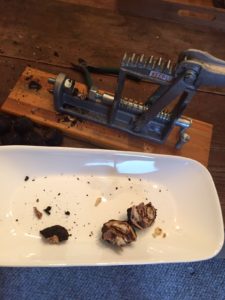
This is how you crack Black Walnuts…or with a hammer like the old days…Diagonal cutters work well for cutting webbing out that holds the nut meat pieces. Author cracked a stored sample for this post.
The outer hull or green part is a buffer to the nut. It contains a black-yellow mealy substance that is a natural dye. In industry this dye is used as Natural Brown # 7. It contains a chemical as mentioned before, Juglone. Juglone occurs naturally in the leaves, roots, husks, fruit, and bark of plants in the Juglandaceae family. It is an herbicide making the tree Allelopathic. It kills off other plants that might compete for the energy of the sun.
There are few things that grow under its leaves and nut hull droppings. Mostly, under the tree it looks like the moon. But some plants like the Paw Paw and Hazel Nuts don’t mind the Juglone, and can planted in a guild with the Walnut.
From J. Russell smith’s amazing book Tree Crops (google it…its in the public domain for free and available as a PDF) we read of the black walnut:
“It has helped to fatten countless American frontier herds of swine. The American Indian made use of the walnut as food. It has been a food of some importance to the colonial American. For generations gathering black walnuts has been a joyful autumn labor of the American country boy, and much rural sociability has centered around apples and walnuts be-side the autumn and winter hearth fire”.
According to WebMD, herbalists use the outer covering of the nut (the hull) to make medicine.
Black walnut is used to treat parasitic worm infections and certain other infections including diphtheria and syphillis. It is also used for leukemia.
Some people use black walnut as a gargle, apply it to the scalp as hair dye, or put it on the skin to treat wounds and skin maladies
Black walnut contains high concentrations of chemicals called tannins, which can reduce pain and swelling and dry up body fluids such as mucous.
J. Russell Smith called the Black Walnut “a Neglected gift of nature”.It is a function stacking tree indeed. As I mentioned the Black juice that comes from the hull is a great dye, one must wear gloves while finishing the work the car tire doesn’t do or one will have stained hands that remain stained for days. The hulls can be placed with water in a bucket and used as a dye or weed killer. It is also reported that the trees can be tapped in winter like the sugar maple.
If you have one of these valuable trees nearby (if not plant a bunch) be sure to take advantage of the abundant productivity. Productivity that once established produces year after year with no need to replant!
Purchase option for Black Walnut grade Nut cracker:



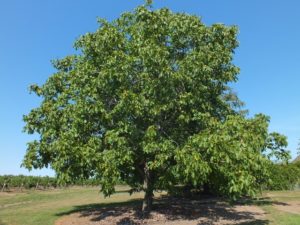
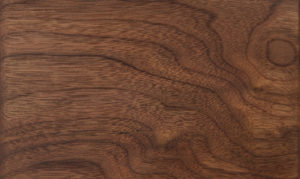
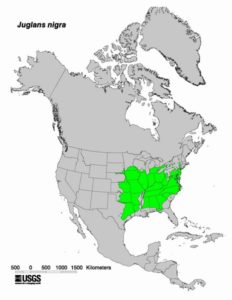
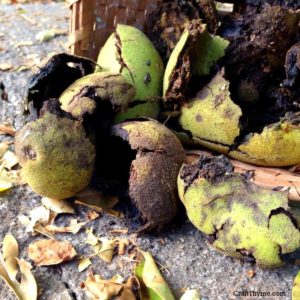
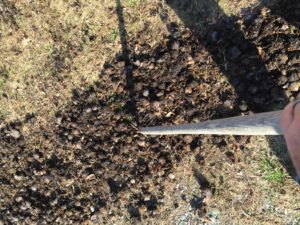
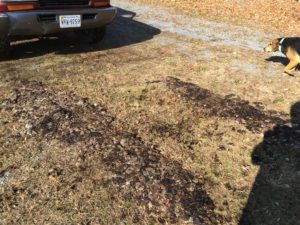
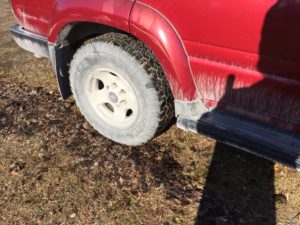
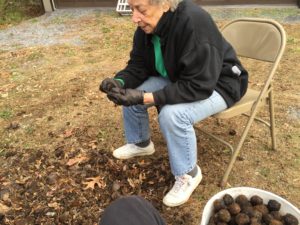
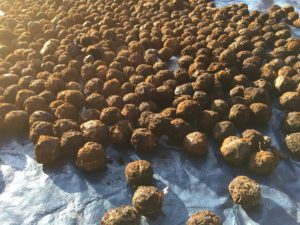
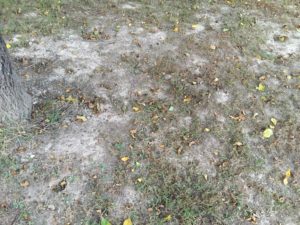

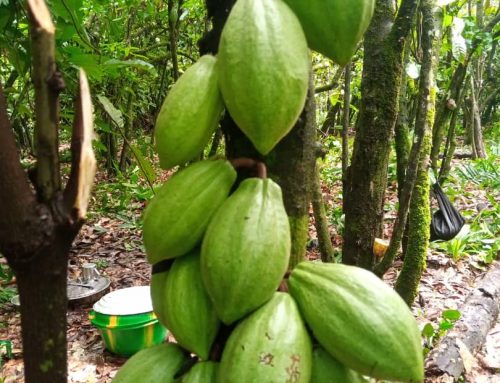
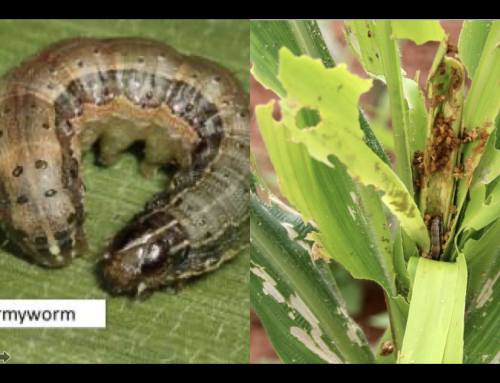

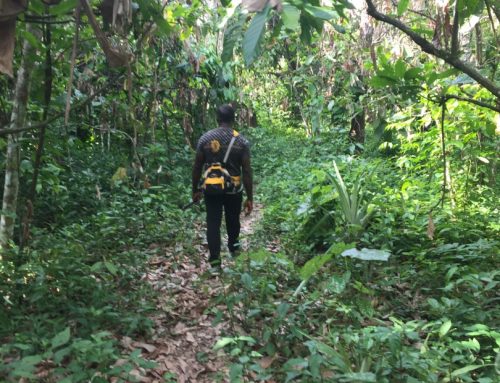
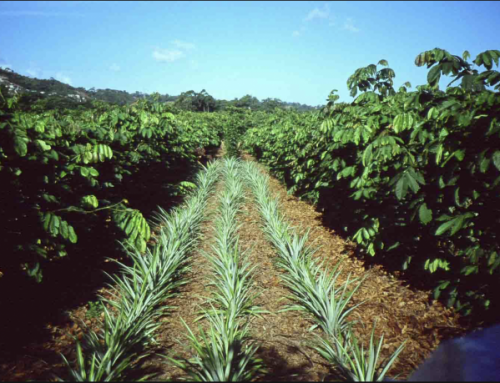
Leave A Comment
You must be logged in to post a comment.